Installing Ubuntu Linux!
Wow… Everything is… Free…?
Earlier, I did mention something about thousands of free programs just a few mouse clicks away. Want to install some? Nothing to it, just click on your Applications menu at the top left and select Add Applications. There are a plethora of options available here, so just select what you want, click Ok and let Ubuntu automatically install and configure it for you. That’s it! Seriously.
In addition to Add Applications, there are also thousands more applications and tools available in Synaptic (System > Applications > Synaptic Package Manager), so look there to to get pretty much anything you want. Just make sure you enable all the repositories (hint: in Synaptic go Settings > Repositories)!
What About My Windows Files?
Ubuntu should have detected your Windows drive and automatically placed a link (Linux equivalent of a shortcut) on your desktop. If for some reason it did not, lets go through how to do it. What we are going to do is “map” the contents of the Windows partition to a folder on your Linux install. This is called “mounting”. Lets walk through the steps to have your NTFS partition automatically mounted when you start Ubuntu. Don’t worry, it’s very easy.
- Launch a Terminal window by going Applications > Terminal.
- Now we are going to create a “mount point” (what Windows uses drive letters for) where we can access the files.
Enter this at the command prompt:sudo mkdir /media/windows
“sudo” means run as root, so whenever we preface a command with sudo, we are telling Ubuntu to execute the command not as the logged in user, but as root. This command creates a file in the /media folder called “windows”. You most likely will be prompted for your password, so enter it. If you were to try the same command without having “sudo” in front it would tell you your permissions do not allow it.
- Next, lets configure Ubuntu to automatically mount these files when we boot.
Enter this at the command prompt:sudo gedit /etc/fstab
The fstab file stores information about your mounted drives. Lets add this line to the bottom:
/dev/hda1 /media/windows ntfs ro,nls=utf8,umask=0222 0 0
This means is mount hard drive partition “hda1” (you should know what this means by now) to the folder /media/windows which has an NTFS file system.
- Save the file and close gedit.
- At the command prompt enter:
sudo mount -a
You should now see an item on your desktop called “windows”. Double click it and behold your Windows files!
- If you have multiple partitions, simply follow steps 1-5 again except create a different mount point than /media/windows and list the appropriate partition, instead of /dev/hda1, in your fstab file.
If I completely lost you on the above steps, don’t be discouraged. I didn’t have a clue what any of that meant 4 months ago. Now it’s second nature. Be patient and you will feel the same way too!
Helpful Ubuntu Links
Before I leave you to explore your new system, I did promise to give you some helpful links. The best I have seen, and still frequent often are:
- The Official Ubuntu Forums (a huge community)
- The Official Ubuntu Wiki
- Ubuntu Document Storage Facility
Last thing… I promise! You should definitely check out a utility called Automatix developed by a fellow on the Ubuntu Forums known as arnieboy. This script gets you up and running on common applications and tasks, such as FireFox plugins, video drivers, and MP3/DVD decoders (make sure you read the notices though).
Have Fun!
Well, that’s it for this article. I hope you found this helpful and informative. If you have any questions or comments (good and bad), feel free to email me articles[at]132solutions.com. Perhaps if I get enough questions, I can write a follow-up to address them and get you deeper, and more comfortably, into Ubuntu. Experience is by far the best teacher, so get your hands dirty and let me know how it goes!
Until next time…




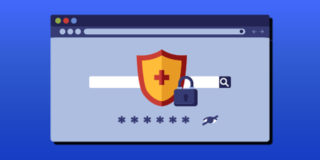
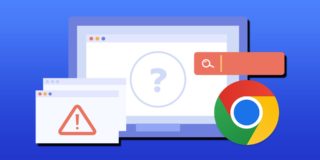
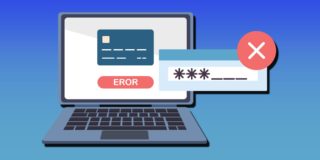
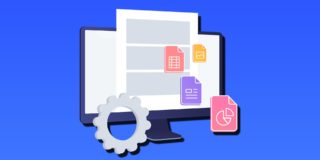
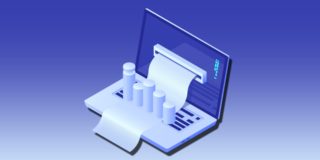








30 thoughts on “Installing Ubuntu Linux!”
I go to there and i hav no idea how to ‘pop in my spare hd’… Exactly, wat u mean by that?? Make it bootable??
One more thing, my comp now has partition C and D. I install xp in C but most of the files r in D. Lets say i install ubuntu in D, will it erase my other files?? *my D partition has 70GB*
That means you should have an external HD which you plug into your USB port. When computer recognizes this you can make this bootable in Ubuntu.
>One more thing, my comp now has partition C and D. I install xp in C but most of the files r in D. Lets say i install ubuntu in D, will it erase my other files?? *my D partition has 70GB*
Ubuntu will make another partition if you wish.
barry
I have installed windows xp service pack-2 in C drive and now i want to install ubuntu 9.04 in partition G [total memory space is 20 GB] now problem is i have important data in remaining partition D, E and F. If i install ubuntu in partition G…will my data be lost? I want to dual boot my system.
Please help me.
!! i tried to do whatever but it seems little bit non friendly ..i cant manage till now ..do you have suggestions ?
!! i tried to do whatever but it seems little bit non friendly ..i cant manage till now ..do you suggestions
if you have your windows vista installed…install your linux fresh.. reboot pc with linux cd in cd player and install from there , not from inside windows
like…
make sure you have 7 partitions (haha)
install 98 from cd on bootup
then install 2000 from cd on bootup
then install xp from cd on bootup
then install server 2003 from cd on bootup
then instal vista from cd on bootup
then install windows 7 cd on bootup
then install ubuntu from cd on bootup and import all off above (it will ask you)
then when you bootup you will have the choice of ubuntu or longhorn
if you choose ubuntu it will boot to ubuntu, if you choose longhorn it will take you to a screen where you have to choose vista, win 7 or older …if you choose older you have the choice of 2000 xp and 98
best of luck
b
Think about having only one large container; how do you put two different types of fluid in there without having them mix? For the purpose of the illustration, you put a divider in the container, so whatever you put in the sectioned off part of the container, wont mix with the rest of the containers’ contents.
Thats what partitioning a hard drive means. You section off part of your hard drive so you can do whatever you want with it, and it wont mess up (or mix) with the rest of the hard drives contents.
You’re tips on how to partition single drive for dual-booting helps me make my way to hassle free installation and a better computing machine.
Many thanks!
Jose
It seems to be a common issue with ACPI or APIC or whatever the acronym is.
On Ubuntu 8.10 the keys to choose boot options are F6, and turn off the api and lapic options.
This worked for me.
WHAT DO I DO HELP?
There you will be asked to activate which drivers. Make sure to update the system first though, as I had some problems activating my video card drivers before updating system (to update system goto System>Administration>Update Manager).
Before choosing the option “Install Ubuntu” press F4 and choose “safe video driver” option